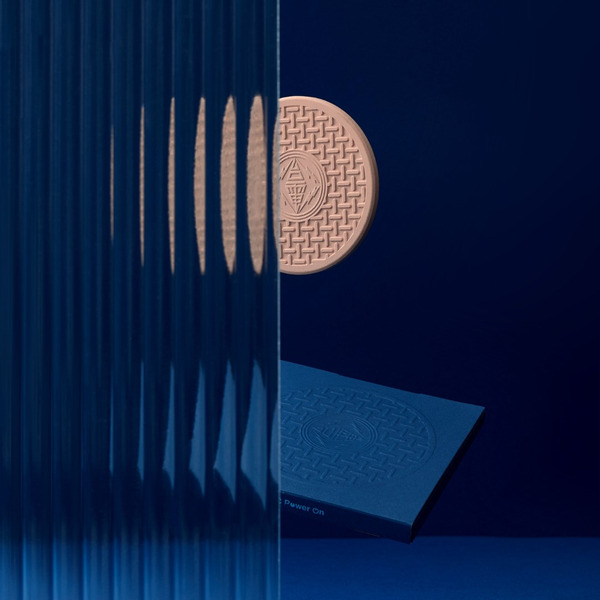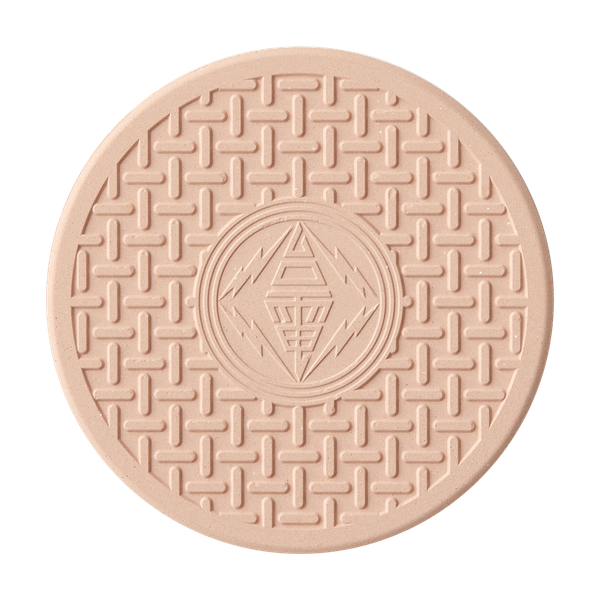水力發電過程中因抽蓄作業或上游沖刷而堆積在下游水庫底部的淤泥即為底泥。在水力發電日復一日的流動之中,泥沙隨著水流進入水庫沉積,需定時清淤以延長水庫使用年限。
Material Knowledge
Due to water pumping or erosion upstream, hydropower plants accumulate sediments in reservoirs downstream. In daily operations, regular dredging is necessary to extend reservoir lifecycles.

















